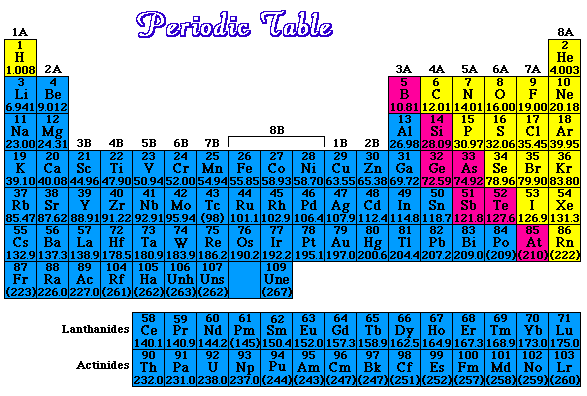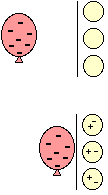

Photo credits: Matthew Nicolay
Materials:
- glass bottle
- hard boiled egg
- a piece of paper
- matches or lighter
1.Peel the hard boiled egg
2.Put the small piece of paper into the bottle
4.Immediately place the egg on top of the bottle, so that the opening is completely closed.
5.Watch the egg drop into the bottle!
The air in the atmosphere exerts "atmospheric pressure". When the paper was lit, the air inside the bottle got hotter and expanded. When the flame went out, the air inside the bottle cooled down and contracted so the air pressure decreased. The egg prevents outside air which gave a high pressure from getting into the bottle while the flame causes the air inside the bottle low pressure to cause a small vacuum feeling. As the outer air pushes its way into the bottle and the vacuum is created in the bottle, the egg falls in and shows that it gets sucked into the bottle!







